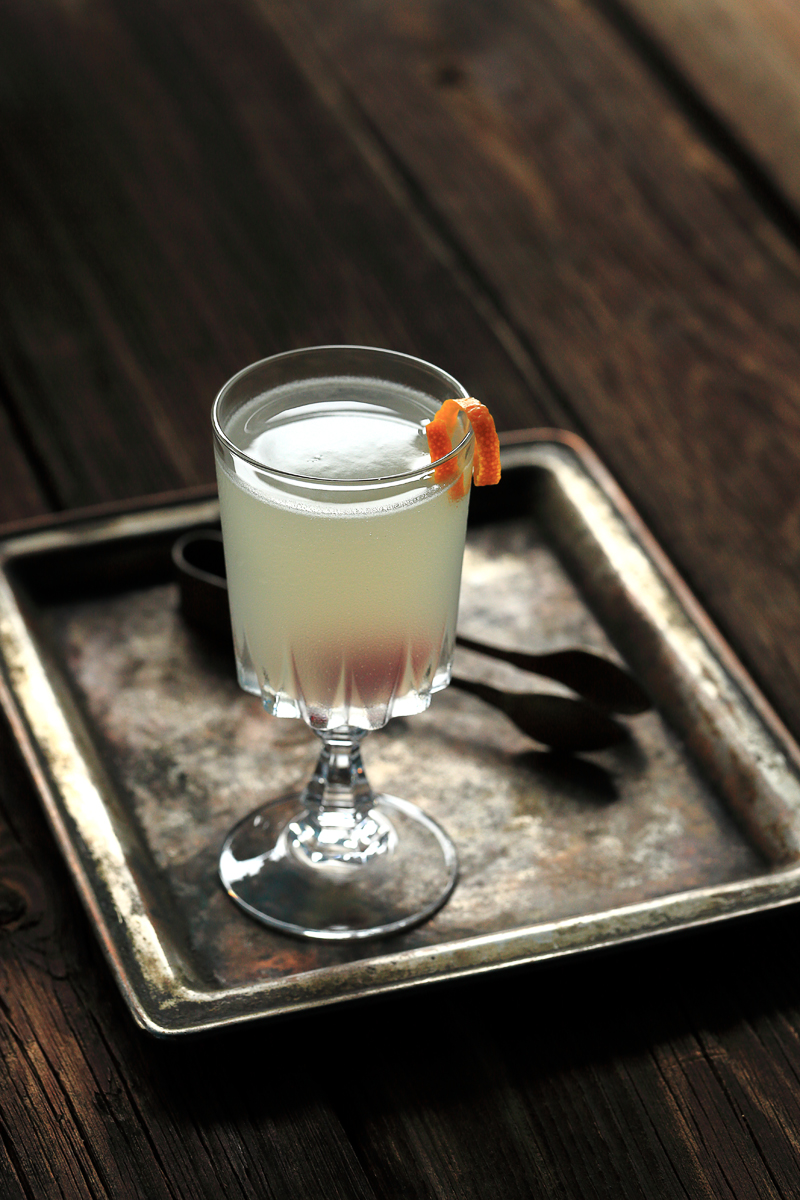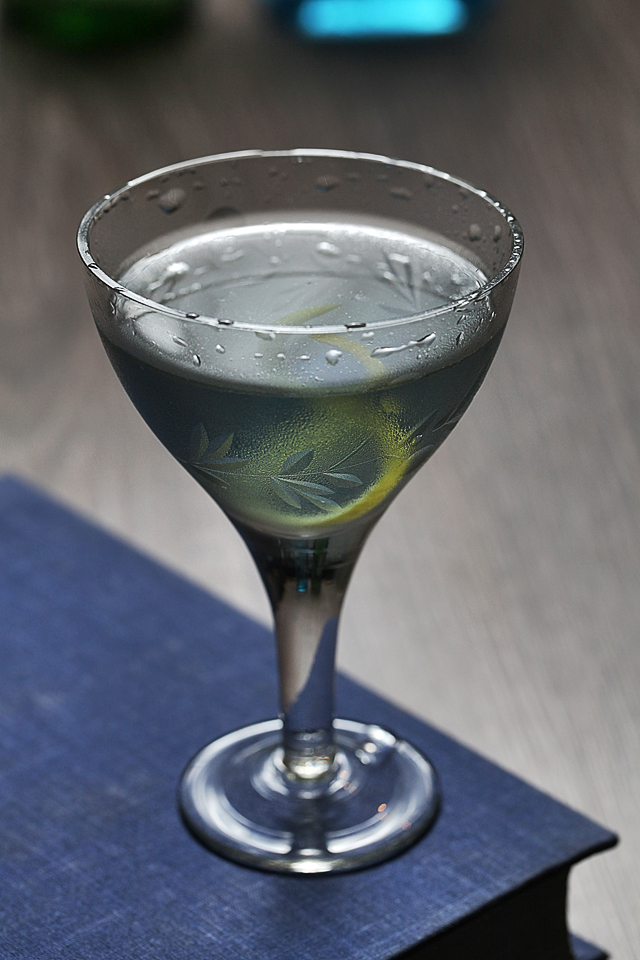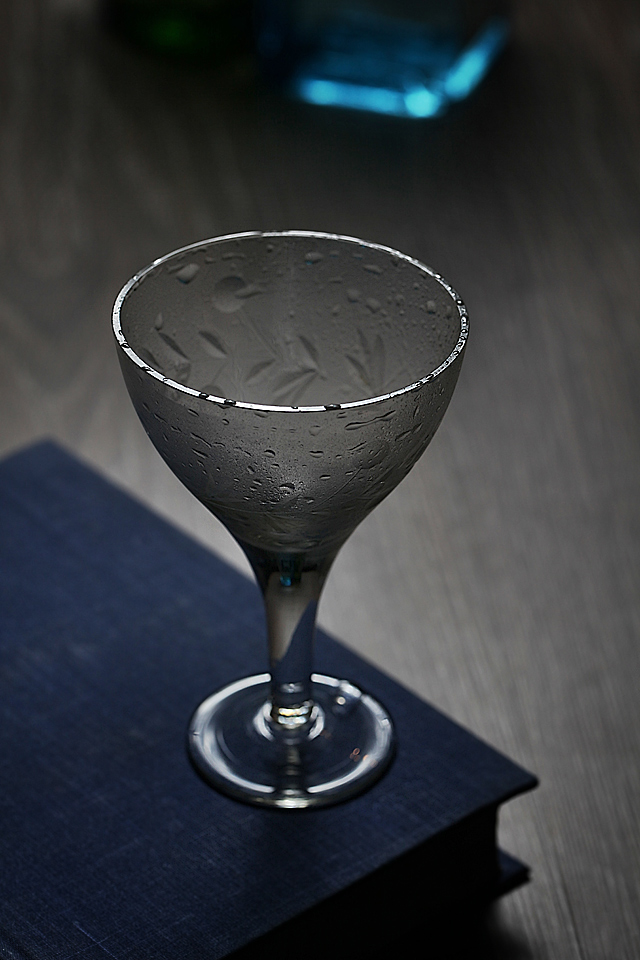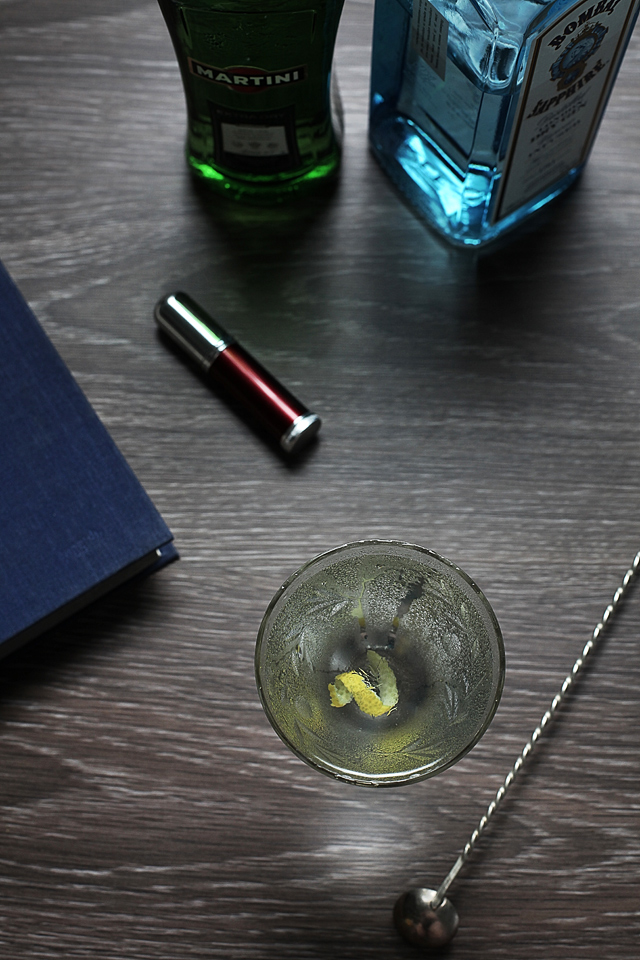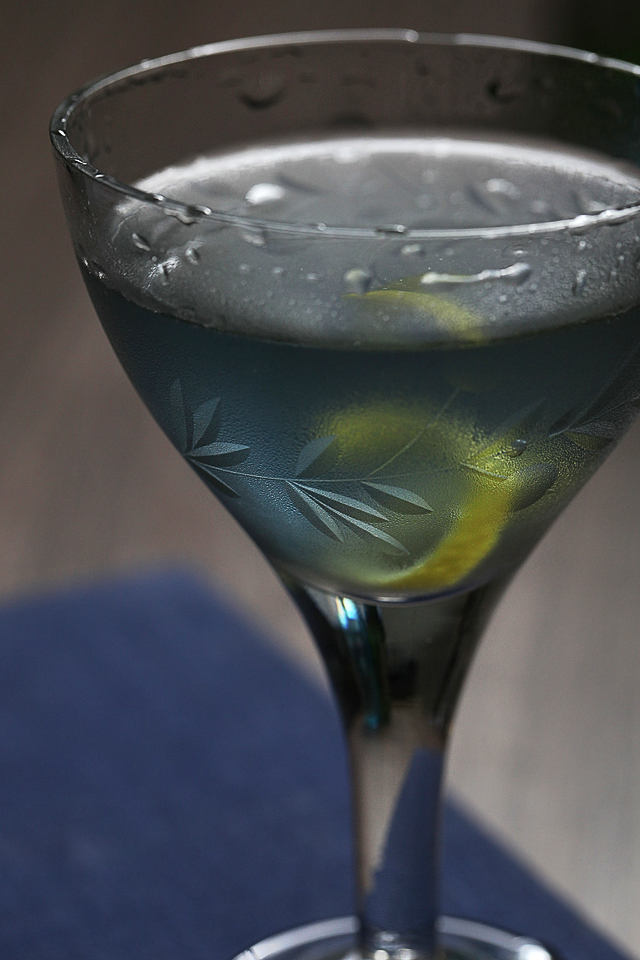Hi everyone who still remembers me and my blog. The Science of Drink in English is on air again. And actually, we must thank bitters.com for that :)
So, this story began sometime in April when guys from Rueverte: bitters.com sent me for reviewing a quite interesting things – Scrappy’s Bitters Purple Gift Set (You can buy it using this link by a couple of clicks, I’m serious, lucky! Except you live in Ukraine like me… They don’t send bitters to Ukraine… Damn!). But whatever, It is an excellent challenge for broadening my cocktail bitters horizons 8)
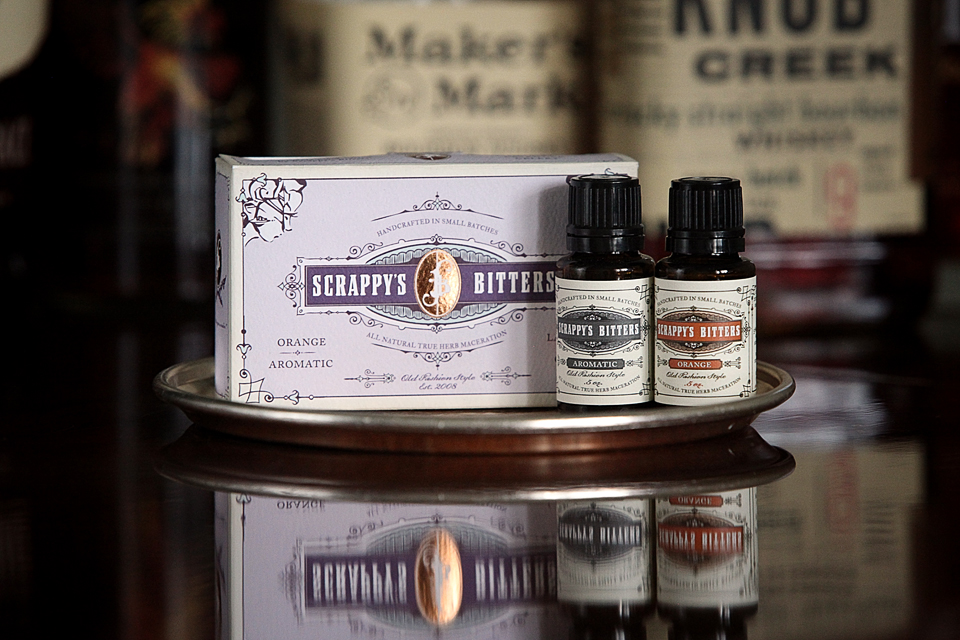
The Scrappy’s Bitters Purple Gift Set consists of four 0.5 oz samples – conventional Aromatic and Orange and exotic Lavender and Celery. Today I will use only the first two. Two others I will use sometime later when I can find any cocktails with such strange kind of bitters 8) (Maybe, I will have a look at the gift box, won’t I? ;)
Well, let’s go! First, it is good opportunity to remember what bitters are and why their palace on a bar shelf is so important.
Actually bitters are always a foundation-stone for cocktails. Let refresh in our memory first definition of the word “cocktail” – Cocktail is a stimulating liquor composed of spirits of any kind, sugar, water and bitters – it is vulgarly called a bittered sling and blah-blah-blah :) (The Balance, and Columbian Repository, 1806, 13th may). So, basically, cocktails are all about bitters.
Obviously, nowadays we can name «a cocktail» all kind of mixed drinks. But connoisseurs have to remember that suitable cocktails must contain bitters 8) Even Pina Colada ;)
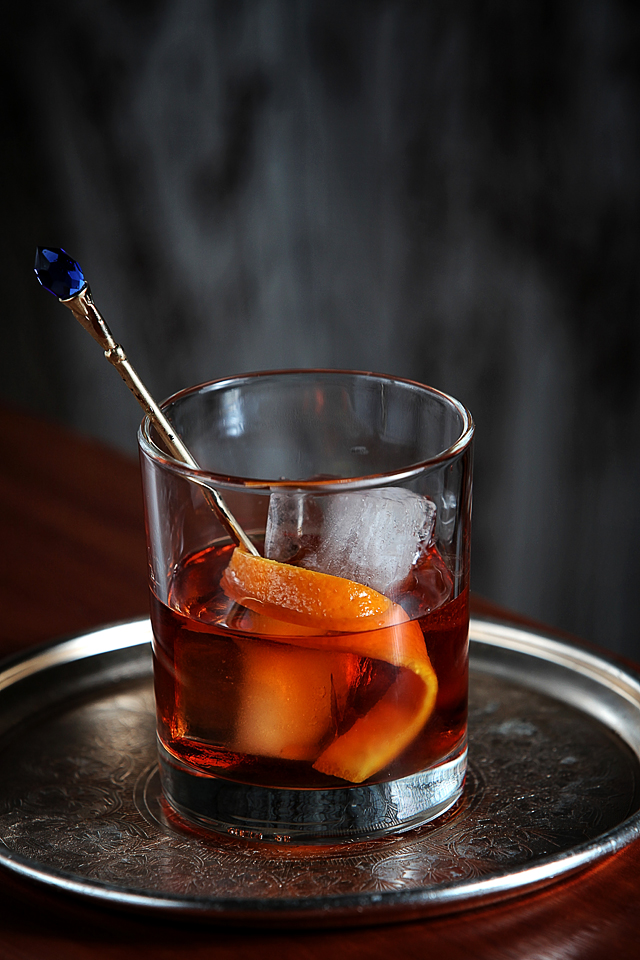
The story of cocktail bitters is very exciting but it’s still not very clear. They were booming during the Golden Era of Cocktails and they were killed by Prohibition. In fact, there were a dozen notable bitters in Jerry Thomas’s time. Abbot’s Bitters (original Manhattan bitters), Bogart’s Bitters, legendary Boker’s Bitters, Peruvian, Orinoco, Angostura, Peychaud’s, Hostetter’s, Boonecamp, English Stoughton Bitters were in their high-day. But a few years after Prohibition bartenders had only dusty bottles of Angostura. Even Peychaud’s or Fee Brothers were hard to find, all other bitters felled into oblivion. All changed in 2000s, the modern glut of cocktail gives us many new or revived bitters every few months. So, we live in very interesting times!
Bitters are absolutely necessary for a cocktail bar. Bitters make cocktails more complex, more flavorful, more potent. They add some new dimensions for mixed drinks. People say, bitters are as important in a bar as salt and pepper are in a kitchen. They, naturally, are species for cocktails. Used by dashes even by drops they make many cocktails. There aren’t Manhattans without aromatic bitters or Sazeracs without Peychaud’s etc. Bitters are crucial ingredients of this cocktails.
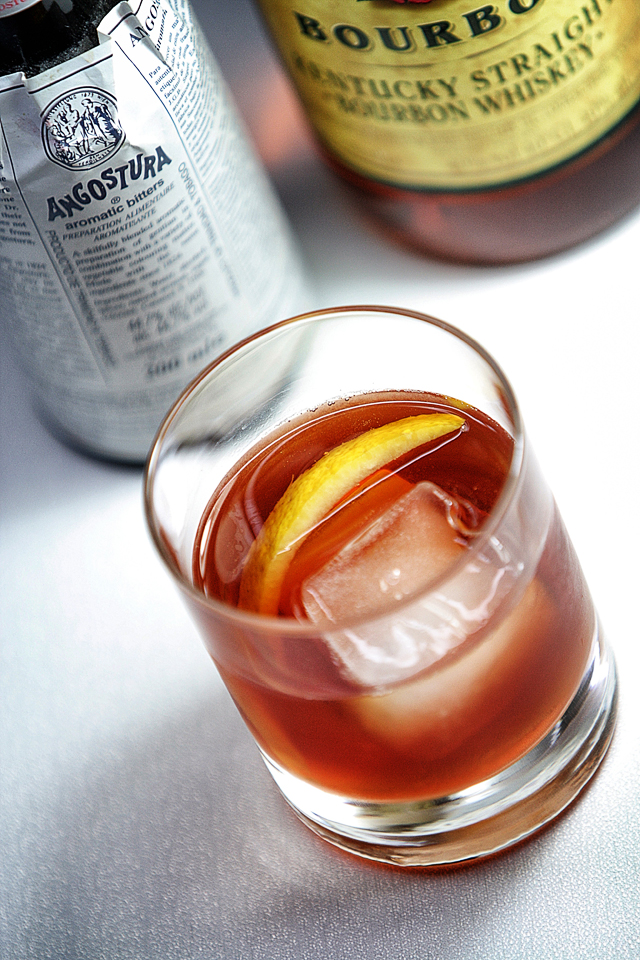
One of the best, more interesting and delightful cocktails with bitters is the Old-fashioned cocktail. First mixed in late 1880 it is archetypal cocktail: only spirit, water, sugar and bitters mixed in old-fashioned way without any specific bar tools. It is pure classic and unalloyed pleasure for a serious imbiber. We can mix the Old-Fashioned with many kinds of spirits but my favorite old-fashioned potion is whiskey, especially bourbon.
In the context of classical mixology writings like famous ‘How to Mix Drinks, or Bon-Vivants Companion’ by Jerry Thomas (1862) the Old-Fashioned Cocktail with whiskey is actually a Plain Whiskey Cocktail. And a Plain Cocktail is not only a cocktail, it is a most archaic mixology construction. Thus there are a few Plain Cocktails – Gin, Brandy, Rum. The next step of the evolution of this construction is an Improved Cocktail originated with second edition forementioned Jerry Thomas’s work – ‘The Bar-Tender’s Guide; or, How to Mix All Kinds of Plain and Fancy Drinks’ (1876). The main improvement is addition of minor quantity of two new ingredients – maraschino and absinthe.
And now I’m going to check how it works. Can we have a possibility to improve such a perfect thing as the Old-Fashioned Cocktail?
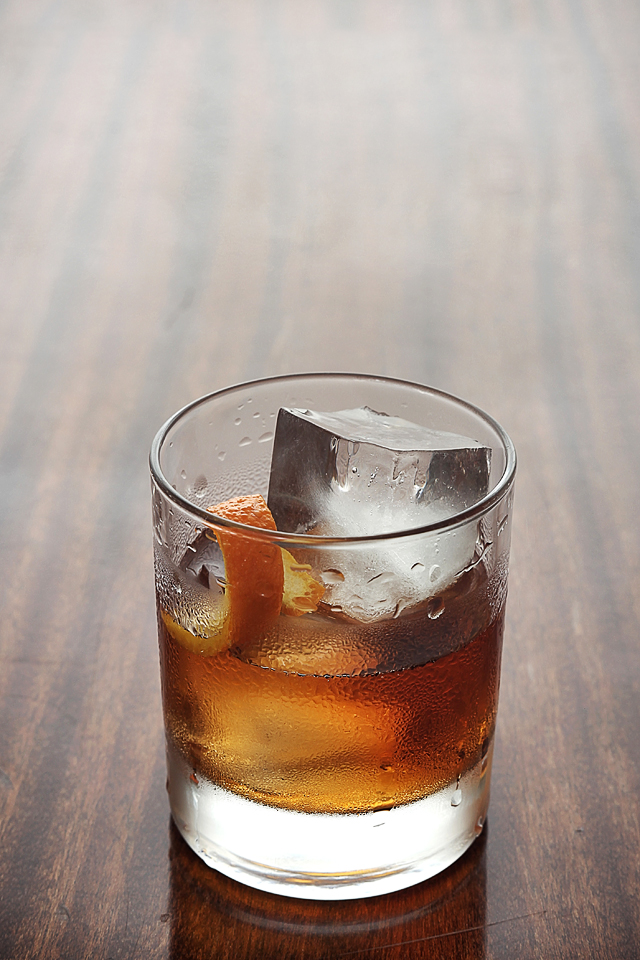
Improved Whiskey Cocktail (Old-Fashioned Way)
60 ml straight American whiskey (preferably small batch)
1 sugar cube
1 bsp. maraschino liqueur
1 dash Scrappy’s Aromatic Bitters
1 dash Scrappy’s Orange Bitters
1 dash absinthe or Pernod
1 tsp. plain water
Soak the sugar cube with bitters and liqueurs on the bottom of a fancy old-fashioned glass. Muddle the sugar with something suitable (like muddler or bar-spoon, or lipstick … whatever) then add the water and mix until the sugar disolves completely. Add the spirit and a couple of big ice cubes, then stir. Cut a small piece of lemon peel and spray the cocktail with some drops of essential oil then put lemon peel into the drink.
Let me say some words about ingredients. First, as I look at this cocktail as a completely high-end concoction, I recommend to use only finest components like your favorite small batch bourbon, Luxardo Maraschino Originale (avoid cheap bar maraschino) and high quality absinthe or, if you don’t have it, Pernod as appropriate substitute. I also recommend to use interesting cocktail bitters (like Scrappy’s by the way) in your Improved Whiskey Cocktail. Please note, that mixing of two or even three bitters is a right way to achieve perfect and unusual taste and aroma of your favorite cocktails.
By the way, Thomas suggested to shake up the Improved Whiskey Cocktail. I hazard to suppose, it is not good idea. It appears, shaking will bruise many delicate flavors and tasting notes of our mix. That’s why I prefer to make it in the old-fashioned way.
Certainly, the Improved Whiskey Cocktail is a superb drink. All these dashes, barspoons, drops and other little ones perfectly work together with our favorite booze. All those things have to improve our whiskey and give us an excellent mix full of aromatic notes and taste nuances. Maraschino and Pernod together with orange bitters emphasize a lot of fruit, citrus notes of bourbon (like Makers Mark or Woodford Reserve). Aromatic bitters and sugar sweetness play perfectly with a lot of ageing notes like warm brown species (vanilla) and spicy peppery notes of some bourbons (Ridgemont Reserve 1792). The bitters, sugar and liqueurs link all tastes and aromas together and give us an exciting complex palate.
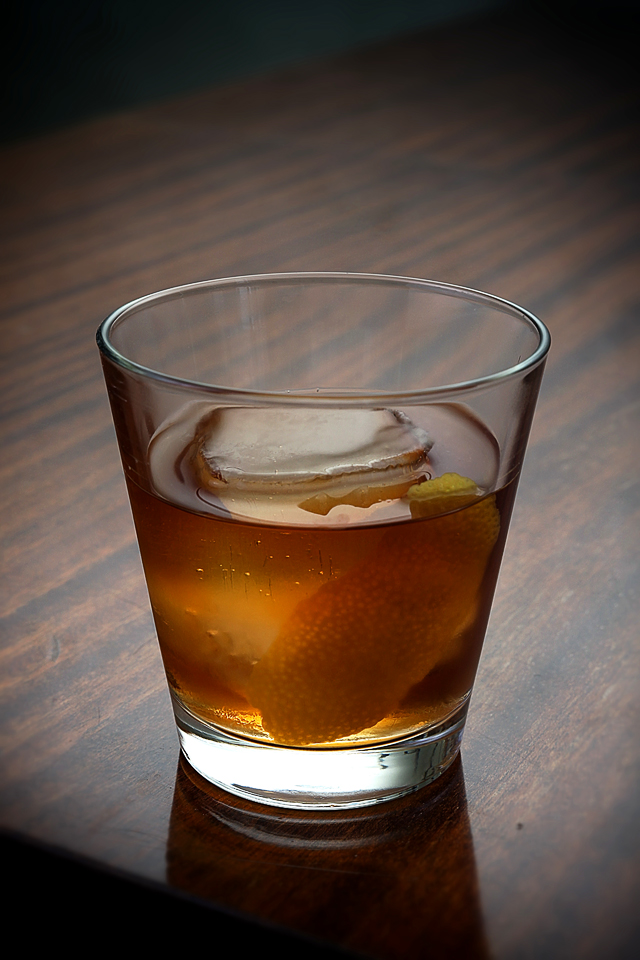
As I’ve got a dozen favorite bottles of bourbon in my bar, It took me about a month to taste the Improved Whiskey Cocktail with each of them. The results were quite different but one thing was the same – the cocktails were absolutely perfect!
And finally I can compare my new Scrappy’s with my traditional Angostura. First, I must say, both work well. However they work noticeably different. Angostura Aromatic gives a well-known potent rich taste in the cocktails. Orange notes of Angostura Orange Bitters are fruity, fresh and bright. It is delightful. Scrappy’s Aromatic works more delicate and it is not bad. But I was absolutely fascinated by Scrappy’s Orange Bitters. It is perfume sophisticated pleasure. It gives not only citrus freshness or orange juiciness, or bright aroma of fresh pilled orange zest but it gives spirituel orange bloom notes. I think that’s because Scrappy’s Orange Bitters has 110 proof strength and thus it is able to incorporate many aromatic essential oils. It is awesome! Thanks Scrappy’s for my pleasure!
Continue reading “Improved Whiskey Cocktail”
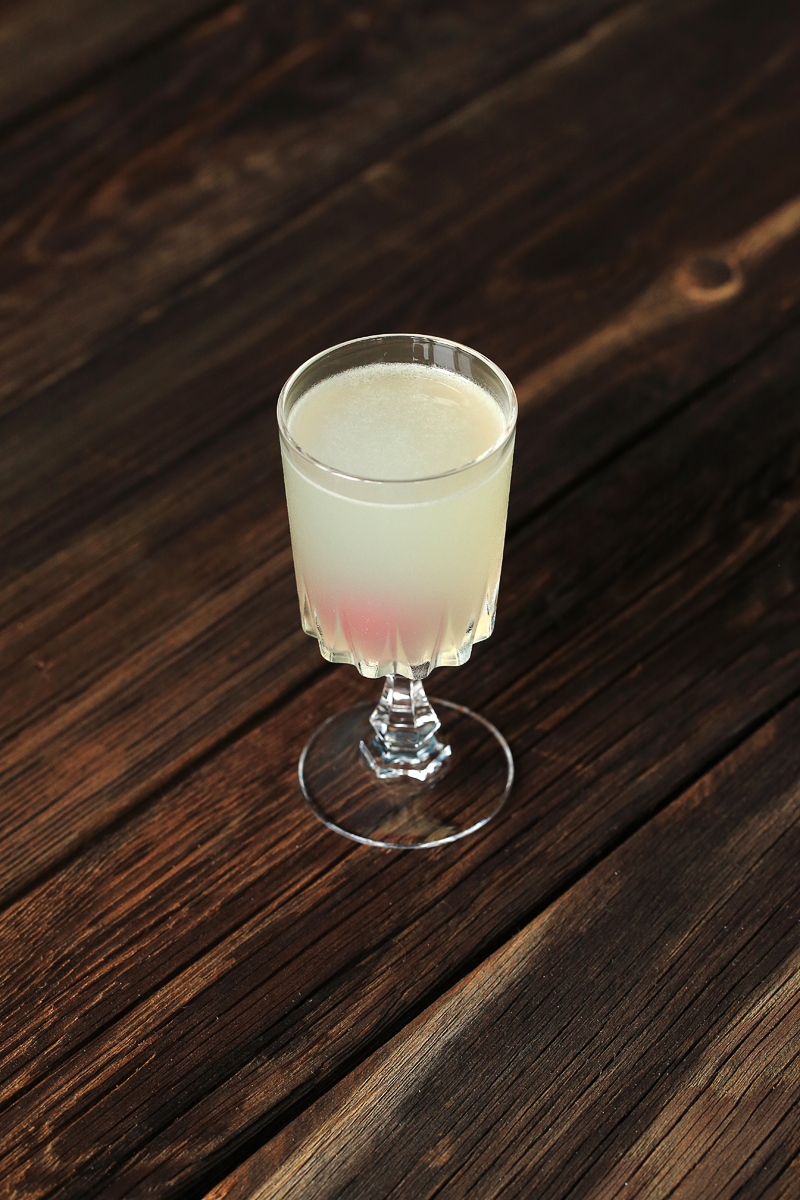

 english
english русский
русский